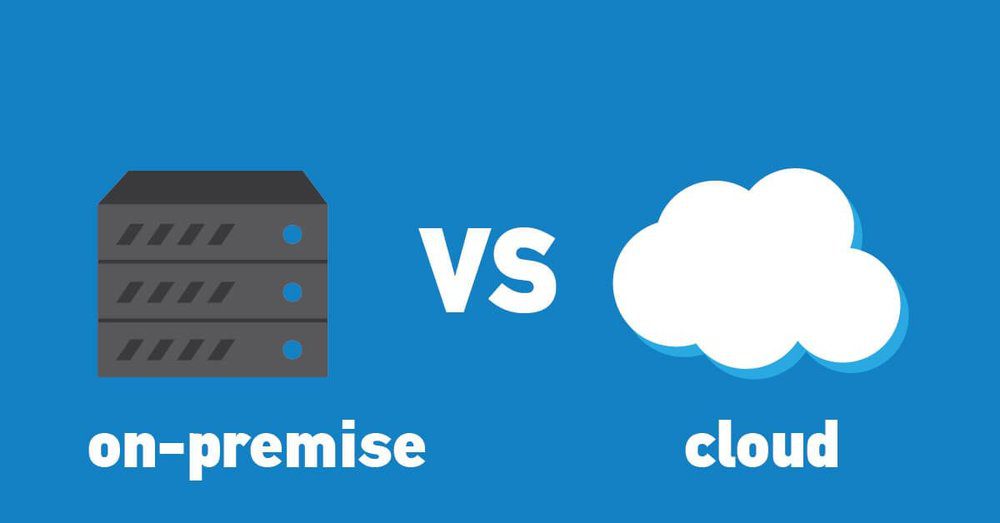On-Premise Software To The Cloud Transition
The broad-brush transition of businesses to the cloud is taking place in full force as we speak. By the end of 2021, nearly 94% of the workloads will be processed in cloud data centers, whereas 75% of these workloads will be taken up by software running on the cloud. What this means for companies ultimately is freedom from the constraints of maintaining hardware and ensuring the high agility and functionality of the infrastructure. The debate on the two technological approaches is ongoing questioning which model does businesses better justice in the context of software usage and optimization of workloads.
What is the difference between Cloud and On-premise software?
The main difference between cloud and on-premise software is the place where it is hosted and from where it’s deployed to the end-users. A business would either install servers and computers on-site where the software resides and operates, or they would trust a software vendor with this job entirely. If cloud-based software is the go-to option for a company, end-users will be able can access their desktop applications directly from a standard web browser from any corner of the world.
Considerations of on-premise software
Businesses that are still wary of the cloud and are able to afford the investment, along with a long-term commitment to on-premise software, need to take several things into consideration before they come to a final resolution. Software ownership and licensing could hide some critical costs if a business juggles between different applications within several departments. Not all software vendors offer the so-called perpetual licenses that require a one-off payment in addition to the recurrent annual maintenance fees, which come with this model. The most common cause is in fact buying subscription-based software by paying recurrent usage fees. That, in the long term, comes with a price tag not so many businesses can afford. Regular updates, support, and implementation for each and every on-premise software can seriously affect the performance of the infrastructure and the cost associated with keeping everything in check.
Cloud Software
In comparison, cloud-hosted software is a lot more affordable and undemanding. It requires no upfront costs since you would normally pay for a plan per amount of resources used. Another added benefit on the OpEx front is that cloud software requires no maintenance, licensing, and support services costs whatsoever. This means that once you transition to the cloud, the vendor will cover everything for you in a fixed price bundle. This helps businesses a lot with making accurate estimates on how much resources they require for predicting their budgets and keeping within these reasonable spending limits over time.
Accessibility of Cloud Vs On-premise software
As technology develops in the landscape of hybrid and remote working environments, organizations realize the necessity of user-friendly software solutions that are not only cost-effective but also readily accessible. There is no point in making committed bulky investments in high-tech systems on-premise if your employees cannot access the applications easily from anywhere. On-premise software cannot be accessed from all devices and locations, and there is nobody else to blame rather than the company hosting the infrastructure. Using highly accessible and available software solutions is critical to generating returns and scaling your business. Cloud-based software is a lot more flexible in that sense since users can access the applications from anywhere and work at maximum capacity without geographical or functionality constraints.
Security of Cloud Vs On-premise Software
Despite the existing stigma, cloud-based solutions are significantly more secure than on-premise software. Vendors like we-IT that provide these applications through cloud desktops are highly knowledgeable in cybersecurity and deploying security measures that are state-of-the-art into the field. The cloud is made for the internet and the latest innovations in the field are put in practice to keep business data secure in the data centers of the providers. Implementing on-premise security, on the other hand, requires a lot more technical expertise, hard work, and long-term investment.
Final words
Without a doubt, cloud software solutions offer more business opportunities to enterprises than on-premise technology. Cloud computing has presented a more secure, accessible, and affordable alternative to customers which more businesses are realizing and turning to for their operating needs.






